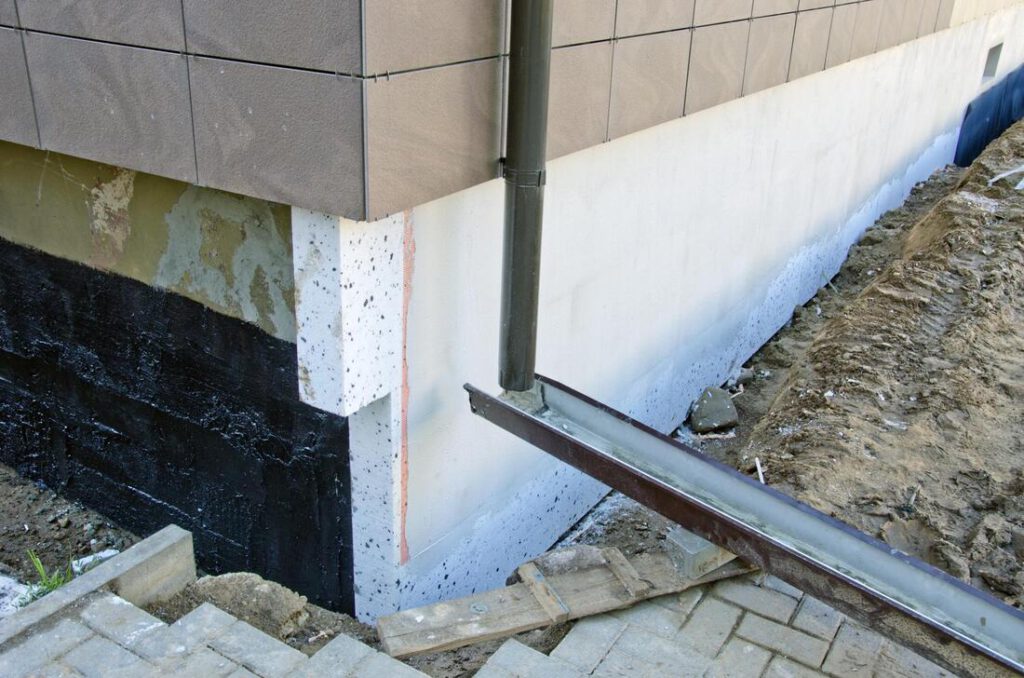Draining Services

Water, if not well redirected, can cause foundations to move, rot or be infected by mildew. Investing in a foundation drainage system is important to fight and prevent leaks and consequently, drainage damage.
What is a foundation drain?
This is an exterior drainage system on the outer face of a foundation that drains excess water seeping into the foundation. At Haltom City Foundation Repair Experts, we take into consideration all necessary factor requirements in foundation drain repairs. To ascertain that your foundation drain is well installed and placed, look out for the following:
- It should be positioned alongside the footing. Low silt prone spots should be avoided.
- Trees should not be planted close to the foundation, according to the U.S Department of Housing and Urban Development. This is to prevent settlement resulting from inability of the tree roots to suck all the water from the soil.
- Type of soil influences the moisture content which has greater effects on the foundation.
- Perimeter drains should be made from perforated pipes or rigid drain to prevent crashing during backfilling.
- Drainage boards should be used in heavy rainfall prone areas to drain water quickly from the perimeter wall.
Why is are foundation drains important?
There are three reasons why water drainage is important. First, it keeps the house premises dry and water proofed. Second, it maintains foundation soils art the required moisture level to prevent settlement and or differential movement. Third, foundation drains are a requirement in the building code.
Foundation drains are thus important installations because they not only reduce the risk of settlement which results from water accumulation near the foundation, but also reduce soil erosion and enhance proper water drainage that helps remove toxic organisms from stagnant water.
Types of foundation drains.
Two foundation draining systems used are the concrete drains and French drains. French drains are the most commonly used drains. French drains are either buried around the foundation wall or installed underneath the basement floor. External French drains have a guarantee of over ten years, however, they are prone to clogging which may result to a flooded basement. Just like in sanitary sewers, regular cleanouts are recommended.
Installation of a drainage system may be a costly but worth investment. It therefore requires professional and skilled advice and installation. The choice of a suitable drainage system should be via a foundation specialist who evaluates the property and advises accordingly.
What are some indicators of poor drainage?
Drainage issues are caused by unleveled grounds, blocked gutters and obstruction of water run-offs. There are some evident signs of a failed drainage system. These include but not limited to:
- Depressed areas around a water collecting structure.
- A lawn with standing water after rains.
- Pooling water. This is water not readily absorbed in the soil.
- Soil erosion.
- Unusually soggy grounds.
- Water damage on a building exterior.
The good news is that clogged or failed foundation drains, upon inspection, can be restored back to normal functions. If you notice any of the signs of a poor drainage, call us for a free inspection.

